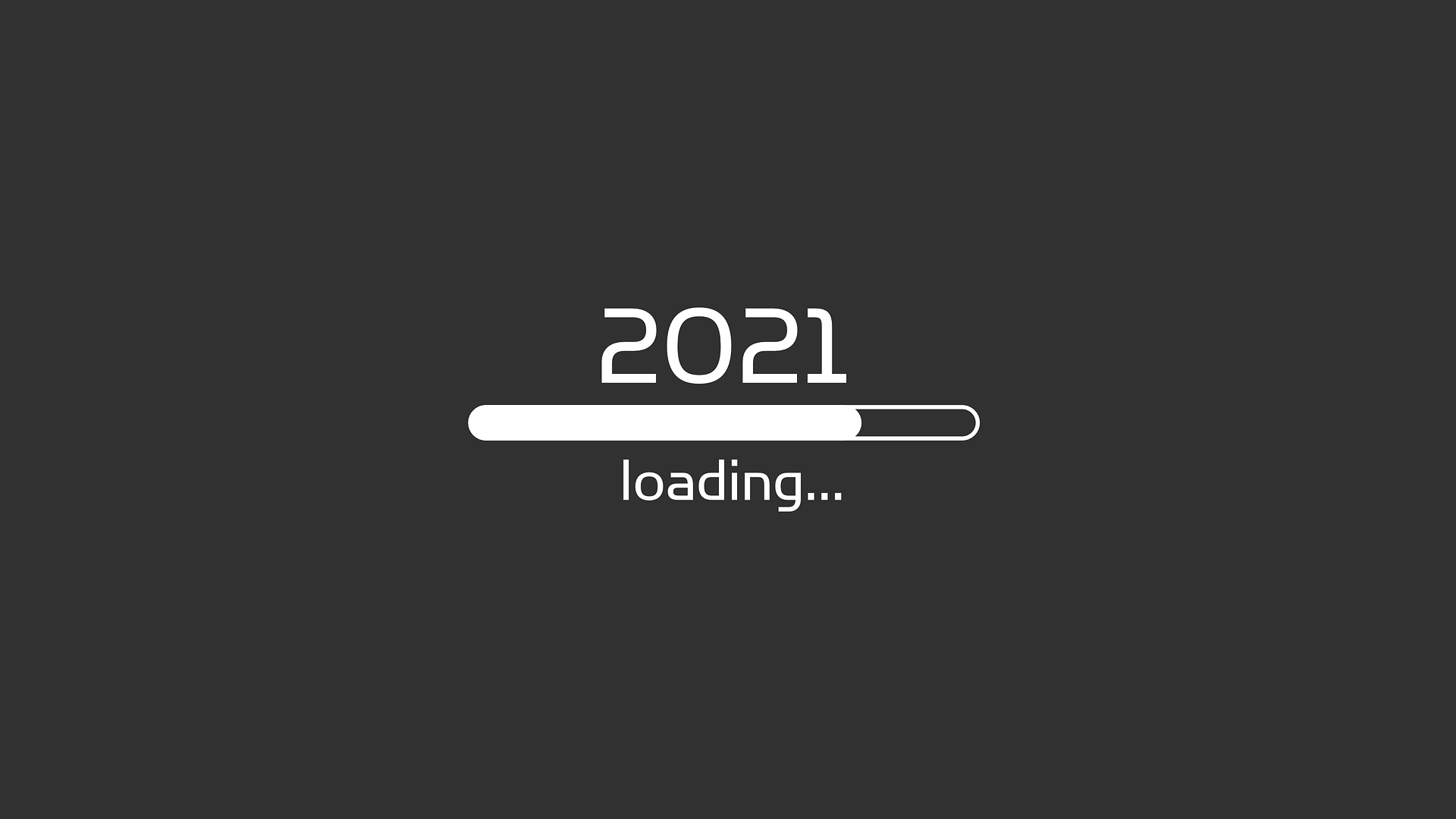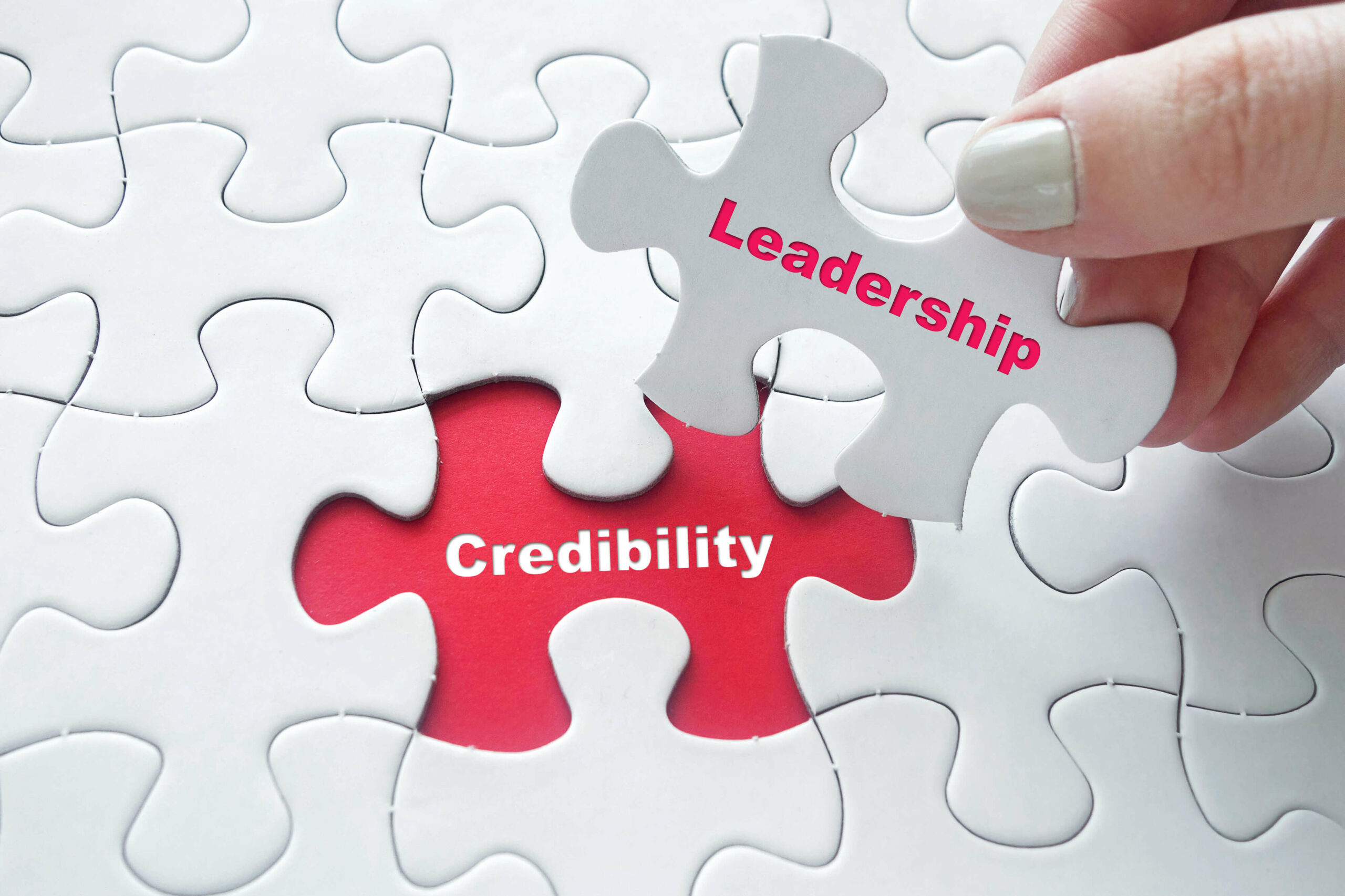In a recent piece published in New York Magazine, Just Stop Making Official Statements About The News, Jonathan Chait argues that organizations should “stop trying to settle our moral beliefs and instead establish rules of the road that let people peacefully coexist with their disagreements.”
He’s talking about statements by businesses, universities, and celebrities around the October 7 attacks in Israel. Many have sparked a severe backlash. It’s a good article that every corporate communications person should read and an interesting take to us who work in PR. We sometimes counsel clients to take a stand on social, cultural, or political developments, or press them to react to major news events. Some organizations feel their employees, customers, and stakeholders want them to speak out in a crisis situation.
But have things have gone too far? Even well-intentioned statements can fuel controversy or be seen as inadequate. Should PR and corp comm teams advise businesses to keep their own counsel and shut up when sensitive news breaks?
Moral clarity is rare
I’m biased, but I don’t think so. Chait argues that the murder of George Floyd had a “moral clarity” that lulled executives and others into speaking out about everything. He may be right, but it’s the precise lack of moral clarity around many events that can make public discourse by influential leaders valuable. Any organization must carefully consider when and how they speak out on such fraught issues. A shallow response to a current event is harmful, yes, but it’s also dangerous to generalize here.
The argument for taking a stand is well known. At a time when public trust in institutions has deteriorated, a strong social position can be a powerful differentiator. Some research suggests that customers want brands to take a position on the issues that matter to them. Younger demographics in particular — especially the prized 24-to-40 segment with years of spending ahead — are more likely to say they want brands to share their values. But other studies contradict that premise.
So, the evidence is mixed. For companies that see the expression of corporate values as a strategic advantage, there is a way to go about it that maximizes the upside potential and minimizes risk.
So, what’s an organization, and its PR team, to do?
First, they need to approach sensitive issues with a deep understanding of the history and context, an appreciation of their own stakeholders, and a commitment to informed dialogue, well after any statement or position is communicated. Here are my “rules of the road.”
Prioritize relevance
The first crucial aspect of a decision about a public statements is relevance. Organizations recognize that their stakeholders have diverse values, expectations, and geographic ties. A business with ties to Israel will naturally have stakeholders who expect the company to address a catastrophic event. Silence can be perceived as a lack of engagement or a disregard for the welfare or concerns of those affected. This doesn’t mean that organizations should make knee-jerk communications. Instead, they should carefully assess the relevance of an issue to their mission and stakeholders and make a statement that aligns with their responsibilities to those with ties to the company.
Know your audiences
This is easy if you’re a brand like Patagonia that has a history of activism and an engaged customer base. But most businesses serve a broader market. Knowing when to speak out takes a mix of market research and gut-level decision-making around both customers, employees, and partners. But in the end, it’s a question of company values. In my view that’s why Dick’s Sporting Goods announced it would stop selling assault-style weapons after the shooting in Parkland, Florida, despite likely knowing it would be targeted by opponents of its position. Over the long term, it didn’t hurt the company and may have helped its business.
Tap into your expertise
Credibility also counts. When former president Trump cracked down on immigration tot he U.S., tech employers like Google and Apple objected publicly. They rely on a highly qualified workforce that includes immigrants and are credible opponents to such policies. Self-interest and expertise in these situations work well precisely because they go beyond “feelings.” I was surprised to see JP Morgan Chase CEO Jamie Diamond this week urge Democrats to support Nikki Haley’s presidential campaign as a way to stave off another Trump presidency. In the same conversation, he urged New Yorkers, especially liberals, to stop looking down on those with “ultra MAGA” sensibilities. It was an unusual use of reputation capital, but one backed by Dimon’s status and credibility and consistent with his track record of speaking out on key political and economic issues.
Prepare for pushback
This is where many companies stumble. Even a “balanced” statement can draw criticism. If a brand decides it must express outrage and sorrow about the attack on Israel or support for Palestinians fleeing their ruined homes, it should expect feedback. Too many companies flinch at the first sign of backlash and some give in to the temptation to modify their statements or stance. Often it’s better to respond to civil comments, ignore trolls, and weather the social storm.
In short, for any organization that sees itself as a category leader and good corporate citizen, it’s hard to avoid public dialogue. Smart businesses will weigh their options, set their course, take the temperature of their own employees, and align their marketing and communications with their values — before communicating anything externally.
2024 will bring another U.S. presidential election, and our divisions aren’t likely to heal any time soon. But in situations where ongoing news stories impact discourse and politics, businesses can show leadership by speaking out. History has shown that corporate influence can drive positive change. For instance, corporate support played a pivotal role in advancing LGBTQ rights and defeating discriminatory legislation like the bathroom bill.
Has there been backlash since then? Sure, just ask Bud Light. But I maintain that businesses and others can navigate uncertain terrain and contribute to the public discourse while building their own brand or corporate position.









